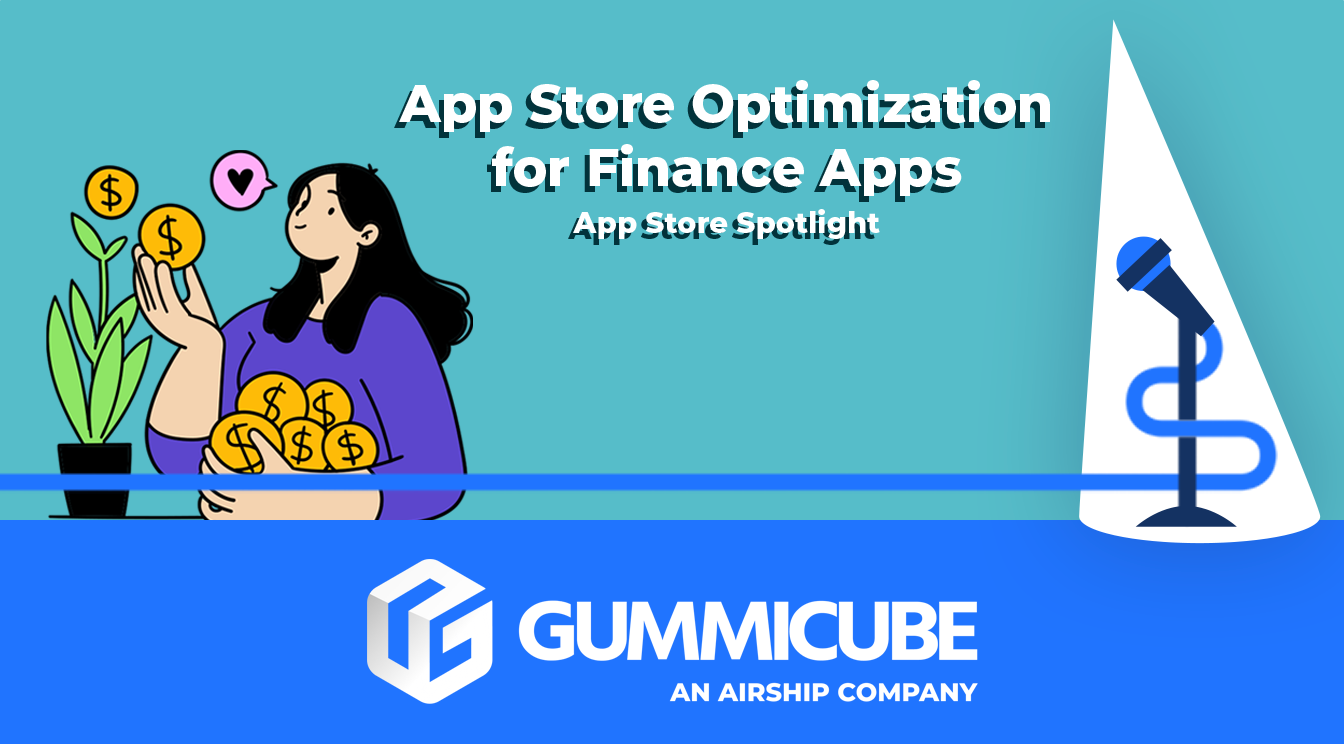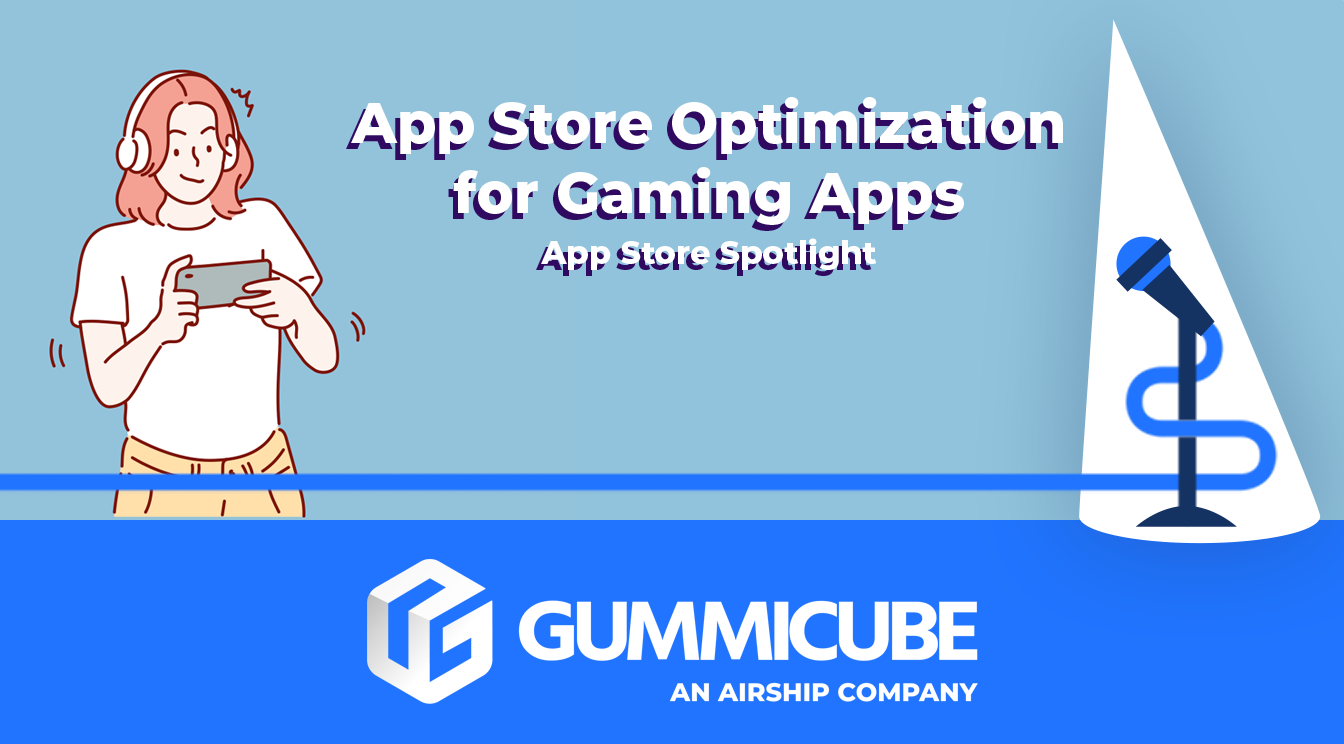Dogo App Store Spotlight
March 12th, 2019


by Anh Nguyen
COO & Co-Founder at Gummicube, Inc
Dogo is an app designed to help users train dogs, offering instructions for teaching tricks and behaviors, feedback from professional trainers and a daily training plan. But is it trained in the ways of App Store Optimization, or is that a new trick this old dog hasn’t learned? For this week’s App Store Spotlight, we take a look at Dogo and see if its ASO is helping it fetch users.
iOS
On the Apple App Store, Dogo is the top-ranked app under searches for its name and “dog training free.” It’s the second-highest app for “dogs obey” and “train dog,” and the third-highest app for “dog training,” “puppy training” and “training dogs.” Its ranking drops to #10 for terms like “dog apps” and “dog trainer,” then to the 20’s for “apps for dogs” (#23).
Creatives: Dogo starts off with a video that scrolls through screenshots to show the app in action. Due to the App Store’s rules for videos, it cannot show content from outside the app (such as dog training in action) but it still manages to include video content by demonstrating its “video exams” feature. This provides an idea of how the app works, which is mirrored by the screenshots.

Dogo’s screenshots showcase the different aspects of the app, including the training plan, feedback and the number of tricks it offers. Each one uses a green background behind the phone, with the exception of the video exam one, which shows a dog posing on the other side of the camera. The callout text doesn’t stand out much, being a moderately small font, although it adds color to certain words to make them pop.
The app only uses five of the ten screenshots Apple allows. While each one does show a different aspect, it could use the remaining five to showcase different tricks, training methods and so on. Even including more pictures from the video exams could help appeal to users by showcasing various puppies and dogs in training.
Title & Subtitle: The full title is “Dogo - Your Dog's Favorite App.” This utilizes all 30 characters, although the only words there that are helpful for indexation are “dog” and “app.” It could adjust it to include more pertinent keyword information, such as “dog training.”
The subtitle, “Positive Pup Training & Games,” does offer more valuable information while being more keyword friendly. This helps it index for terms like “pup,” (#7) “dog training” (#3) and “dog games” (#34). While “puppy” is a more searched for keyword than “pup,” using that instead would bring the character count over the 30-character limit. It could potentially rework the title and subtitle to be more keyword-heavy while still providing pertinent information, which would help it index for more keywords.
Description: The description for Dogo begins with a very lengthy paragraph. This encompasses most of the screen when viewed on iOS devices, so users will typically glance over it without gaining all the pertinent information. It could easily split the paragraph into a few smaller lines, each with connected information. That would make it easier to read at a glance while getting the key points across.
While it does include a feature set, it’s just one lengthy bullet list describing all the features. If it were to expand it into multiple sets, each one delving into another feature, it could provide more information in a manner that users can absorb more easily.
For instance, one line in the feature list talks about the built-in clicker. It mentions that users can choose a sound dogs like, then goes on to the next feature. Instead, it could expand it to talk about how clickers are useful for dog training and the cognitive behavior it helps train. This elaborates on the value of the app and its feature, while integrating more keywords for Search Ads and user engagement.
Google Play
On Google Play, Dogo is the top-ranked app for “puppy app” and “my new puppy.” It’s in the top five for terms like “dog training,” (#2) “apps for dogs” (#3) and “dog app” (#4), and in the top ten for dog app terms like “daily puppy” (#7), “wags” (#9) and “dog play” (#10). Its ranking is a bit lower for terms like “dog care” (#14), “training” (#33) and “clicker app” (#46). While clickers are a part of dog training, “clicker” terms also have to compete with “clicker games.”
Creatives: Dogo uses similar screenshots on both stores, but not identical. These also include information like “descriptive illustrations” and “customizable reminders,” providing more information on the app. It does not include the video training, so it lacks the screenshot showing a dog in training.
Unlike iOS, it does not include a video, even though Google Play’s video guidelines provide more flexibility than Apple’s. It could make a Google Play video showing the app in action, demonstrating the different tricks it teaches and training methods with actual dogs; that would showcase what the app has to offer and appeal to users with dog videos.

Description & Metadata: Dogo starts its description the same way as on iOS, with a lengthy block of text describing the app, followed by a single feature list. These could be broken into shorter lines for ease of reading, and multiple feature sets to provide more information.
In fact, the Google Play description includes an additional block of text talking about clickers. Just as the iOS version could expand the customizable clicker section, the Google Play description could take that lengthy paragraph and turn it into a bullet list. This would provide more information in an easy to read manner and help improve its indexation for “clicker” and “dog training” keywords.
Google Play descriptions need to be written with keywords in mind. While it does utilize them in a few areas, most lines begin without using keywords, such as “the app offers 60+ fun tricks” and “every week we announce a new theme.”
Interestingly, Dogo does use internet dog slang like “doggo” and “pupper” in its description. However, they’re not utilized enough or close enough to the start of a line to index for either of them.
Overall
Dogo is a great app for teaching dogs to behave, but its own App Store Optimization needs a bit of training. It could use more screenshots with compelling imagery to really grab users’ attention and is missing an opportunity to appeal to users with dog videos on Google Play.
Its descriptions could be spaced out better on both iOS and Google Play. In addition to making it easier to read, a reformatted description could provide more pertinent information and make more use of the keywords. This would be particularly helpful for its Google Play rankings.
While Dogo may be helpful for dog training, ASO is a trick it still needs to learn.
Want more information regarding App Store Optimization? Contact Gummicube and we’ll help get your strategy started.
Similar Articles

Posted on April 5th, 2024
How can developers of journal apps optimize to stay relevant, differentiate themselves, and compete in the App Store? This App Store Spotlight jumps into some of the strategies employed by the top journal apps. Jump in to learn more.

Posted on March 15th, 2024
In this App Store Spotlight, we dive into the intricacies of optimizing finance apps and analyze the unique considerations of one of the most popular categories in the app stores.

Posted on February 23rd, 2024
Gaming is the largest category in the app stores by far. One out of every six games on the app stores is a mobile game, so how can you stand out from the competition? Find out in this App Store Spotlight.







